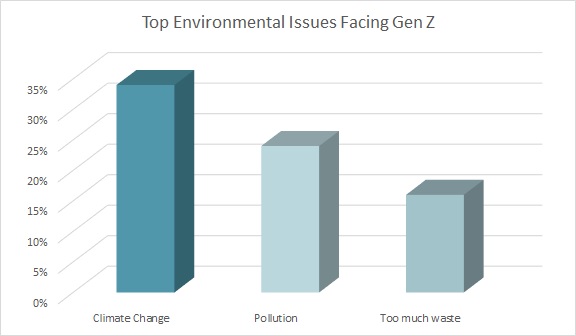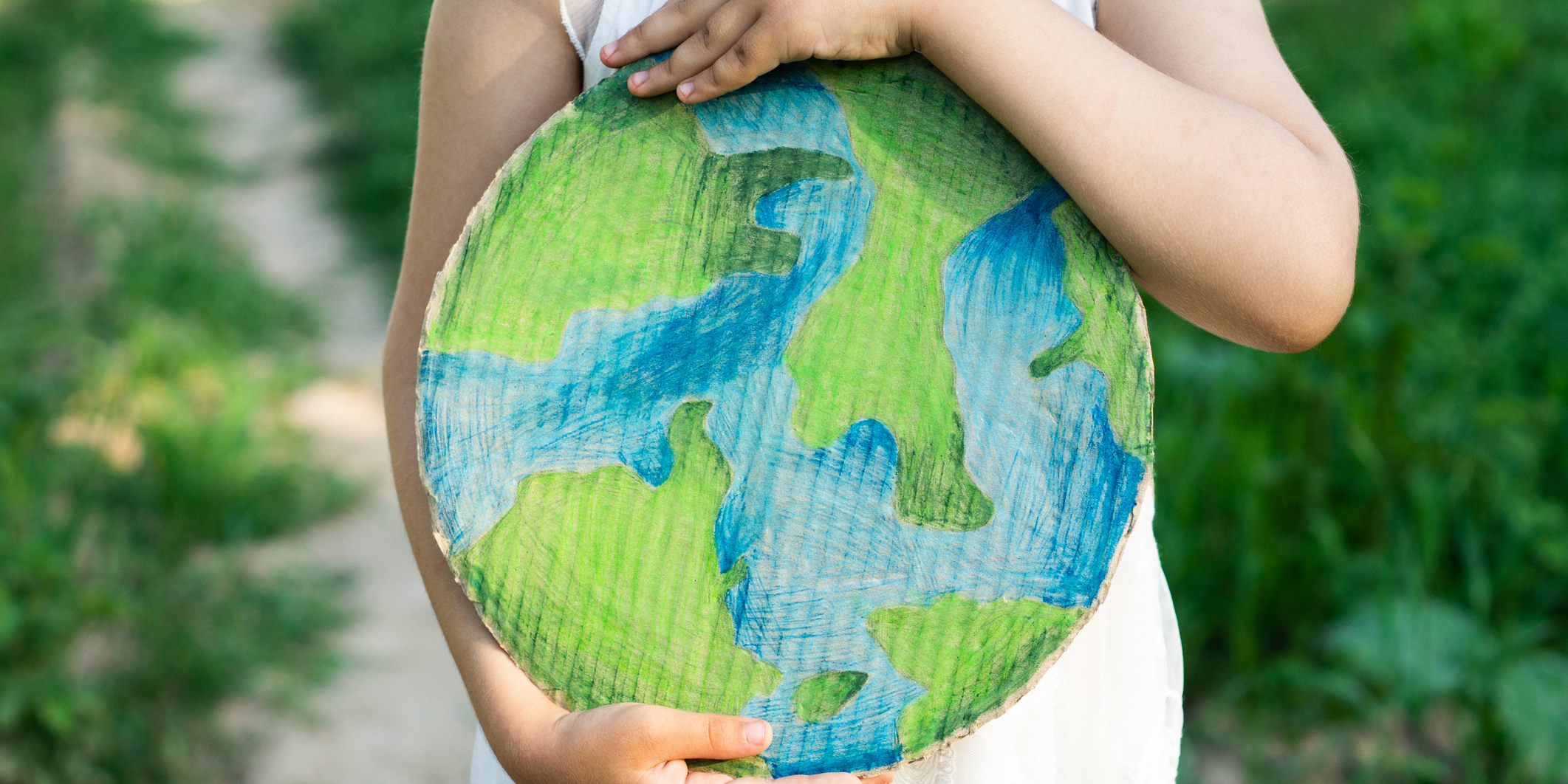Remember last year when COVID-19 shut down the world, and the environmentally minded were hopeful it would be good for the planet? Well, that didn’t happen but from April 20-22, the Earth Day 2021 summits will take place, as world leaders discuss the theme, “Restore Our Earth.”[quote]
Topics will cover climate literacy, plastic pollution, and regenerative agriculture. Regenerative agriculture seeks to “boost soil health through practices such as livestock integration, cover crops and no-till agriculture,” according to Earth Day organizers. It also captures more carbon from the atmosphere and can help reduce climate change. Apparel brands and manufacturers that are looking to offer more sustainable collections can see how U.S. cotton farmers have already begun to adopt some of these practices by visiting Cotton Incorporated’s sustainability website, CottonToday.com.
The site breaks down the steps the cotton industry has taken to improve its environmental footprint both in the production of cotton fiber, as well as in the manufacturing of cotton textiles. Brands that offer more eco-conscious apparel appeal to consumers who increasingly want to know more about what their clothes are made of and how they were produced, says Cotton Incorporated’s Dr. Jesse Daystar, chief sustainability officer. He spoke last month at the Soil Health Institute’s Healthy Soil Farmer Showcase webinar. Daystar pointed out that among the most important challenges facing the world today, Gen Z consumers in particular put environmental concerns like climate change at the top (34 percent), according to Cotton Incorporated’s 2019 Reaching Gen Z through Sustainability Study. This is followed by pollution (24 percent) and too much waste (16 percent).

Daystar said the importance of sustainability concerns goes beyond consumer preferences, though.
“There are other things that are happening at a big scale, such as EU textile regulations,” he said. “First they started to regulate plastic pollution in terms of single use plastics. And now they’ve turned their sights to textiles. What that means is there is going to be sustainability-type labels, potentially on products, and they’re going to dictate what is and what is not acceptable. The good news is U.S. cotton producers have a consistent track record of getting better and having continuous improvement over time.”
Over the last 35 years, Daystar says, a Field to Market survey shows U.S. cotton farmers have reduced water consumption by 82 percent, land use by 31 percent and green house gas (GHG) emissions by 30 percent. Additionally, they’ve achieved a 44 percent reduction in soil loss.
Environmental activist Lindsey Coffey, Miss Earth 2020, adds that endeavors like the Better Cotton Initiative, a non-profit organization (of which Cotton Incorporated is a member), provide green solutions to help minimize the impact of the fiber’s production on the environment.
“Cotton farmers agree to commit to greener standards through water efficiency and habitat conservation while putting the health of the soil and quality of the fiber first,” Coffey says in an interview with Cotton Incorporated’s Lifestyle Monitor™. “By limiting pesticides and growing natural, quality cotton, production will have fewer environmental impacts.”
While the fashion industry as a whole a way to go before it can be considered green, “There are solutions,” Coffey says.
The Better Cotton Initiative states that as cotton moves through the supply chain and is turned into different products, credits are passed along the supply chain. These credits represent volumes of better cotton that a BCI retailer or brand member has ordered. The organization defines this as “sourcing Better Cotton.”
Makers that want to be sure of where their raw material originated can work with a platform called CertainT, from Applied DNA Sciences.
“We can add a molecular DNA into raw materials that have been nominated throughout the supply chain, and trace them back from provenance,” says Applied DNA Sciences’ Wayne Buchen, vice president of strategic sales in a fireside chat with Sourcing Journal’s Edward Hertzman, founder and president. The company works with a number of materials, including cotton. “We also have a portable testing device, which gives you the opportunity to test at multiple points in your supply chain.”
Manufacturers and designers might be interested in that kind of DNA test when it comes to their cotton, as cotton grown in the U.S. is among the most meticulously regulated in the world. The CottonToday site explains that each individual farm must report its practices and chemical usage to the U.S. Environmental Protection Agency (EPA), the U.S. Food and Drug Administration as well as regulatory bodies at the regional and state levels. Growers must implement a number of approaches to reduce soil erosion, manage water and pesticides and more in an effort to reduce the environmental impact of U.S. cotton production.
All of this compares to the much-talked-about recycled polyester, a fabric derived from single-use plastic. The problem is the amount of plastic that’s turned into recycled polyester shouldn’t be touted as a silver bullet solution for either the fashion or plastic industries’ sustainability problems, says Common Objective, a London-based sustainability-focused network for the fashion industry. Consider that the world population purchases a million plastic bottles every minute, according to EarthDay.org. Here in the U.S. alone, we buy 50 billion water bottles every year, never mind all those bottles from milk, soda, juice, and iced tea drinks. However, we Americans only manage to recycle about 23 percent of them. Globally, 91 percent of the world’s plastic is not recycled, according to National Geographic.
Of course, the other problem with recycled polyester is that it’s still, well, polyester, a fiber derived from crude oil that takes potentially hundreds of years to decompose. And with every laundry cycle, researchers have determined hundreds of thousands of tiny microplastic fibers are released into the waste water, sending the particles into streams, lakes, oceans… even water faucets. In Toronto, the Ocean Conservancy estimates as many as 23 million-to-36 million microplastic fibers may be emitted into Lake Ontario watershed every year. All around the planet, these tiny fibers are consumed by marine organisms and then work their way up the food chain to our dinner plates. In a study from The Center for International Environmental Law, “Plastic & Health: The Hidden Costs of a Plastic Planet,” the authors said researchers are studying the health risks associated with microplastic particles entering the human body. The concern is their potential to cause inflammation linked to a host of illnesses, including cancer, cardiovascular diseases, autoimmune conditions, and diabetes.
On the other hand, cotton fabric is derived from cellulose, an organic compound that is the basis of plant cell walls and vegetable fibers. This allows cotton clothes to naturally decompose if they end up in a landfill. Which is bound to happen, considering the EPA estimates 17 million tons of textile waste was generated in 2018.
There are other benefits brands can enjoy by working with cotton. For instance, Daystar pointed out in the Soil Health Institute webinar that since makers like Ralph Lauren, Levi’s, and Fruit of the Loom want to reduce their greenhouse gas emissions, they can reach their goals more easily by working with cotton, since the U.S. cotton industry is already looking to reduce its GHG by 39 percent by 2025. Daystar said by improving yield and nitrogen use, as well as capturing carbon in the ground from reduced tillage and using cover crops, there’s an opportunity for cotton to reduce GHG and deliver to apparel lines around the world.
A number of brands, like Gap, H&M, and Target, want to increase their sustainably sourced cotton. Daystar says that’s why it’s important to not just show brands that U.S. growers are responsible, but allow the information to be communicated through the supply chain. Hence, the development of the U.S. Cotton Trust Protocol. The program is designed for U.S. producers and considers the way cotton is grown in the United States, the high level of technology adoption and worker safety protocols that are in place within the U.S. government.
“Ultimately, the program is going to help the U.S. cotton industry meet its 10-year sustainability goals, which ultimately helps brands meet their sustainability goals, as well,” Daystar says. “It will also increase trust in U.S. cotton, lower brand risk and ultimately lower environmental impacts.”
